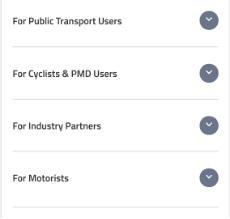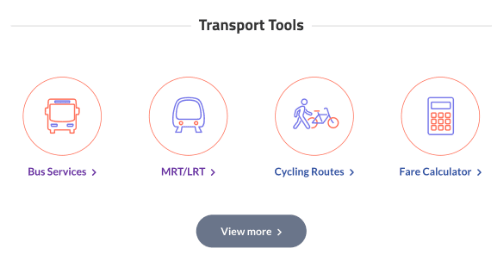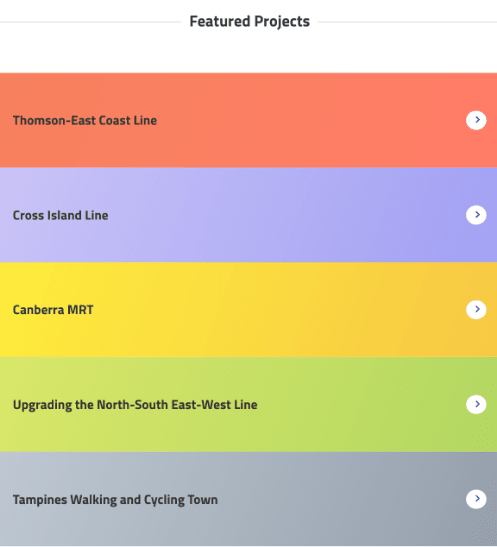A review of Technical Reference 25 (TR 25), Singapore’s national electric vehicle (EV) charging standard, has been successfully completed.
2 In support of the national effort to expand Singapore’s EV charging network, a review was conducted by a joint public-private Working Group from September 2020 to January 2022. Appointed by the Singapore Standards Council, the Working Group was led by the Land Transport Authority and comprised a wide range of industry stakeholders (refer to Annex for the list of stakeholders), including manufacturers of charging equipment and EVs, testing and certification companies, academic experts, trade associations, and professional engineers. The review looked at new charging technologies amid the fast-evolving EV landscape and the charging infrastructure required to support the safe installation, maintenance and operation of charging.
3 Following the review, the Working Group has recommended that a new standard, TR 25:2022, to replace the existing standard, TR 25:2016. The key changes contained in TR 25:2022 are summarised below:
a) Terms and Definitions
- Charging stations have been reclassified as “Non-Restricted Access” versus “Restricted Access” (from the current “Public” versus “Non-Public”), to better reflect differences in usage patterns. Non-Restricted Access charging stations refer to those shared amongst multiple users and are located at public carparks or at any common access area in any location. Restricted Access charging stations refer to those located at a single household parking space or locations that render them inaccessible by unauthorised vehicles.
b) Part 1 – Electrical Safety and General Requirements
- The role of an equipment specialist – one who is proficient and has sufficient knowledge of charger components – has been introduced to assist in the installation and maintenance of a charger.
- Charger owners will now be required to have their charging points inspected at least three times a year, instead of four times previously as the checks have shown to be sufficient and effective in ensuring safety.
- To align with international standards, bespoke environmental tests for chargers are no longer mandatory. The Working Group assessed that periodic inspection and maintenance requirements are sufficient to ensure safety.
c) Part 2 – Low-Powered Charging [NEW]
- Two new modes of low-powered charging (less than 2.3 kilowatts [kW]) – Mode 2A and 2B – have been introduced. Mode 2A will allow for the use of low-powered versions of existing Mode 2 portable chargers, while Mode 2B will allow for the charging of detachable EV batteries. Charging via Mode 2A and Mode 2B is only permitted using 15 Ampere (15A) sockets, and each socket may only serve one charger at a time to avoid electrical overloading.
d) Part 3 – High-Powered Charging [NEW]
- The high-powered charging limit has been raised from 200kW to 400kW (for the CHAdeMO Charging System) and 200kW to 500kW (for the Combined Charging System). This will allow higher-powered chargers to be deployed.
- Standards for liquid cooled cables and pantograph charging methods have also been included.
e) Part 4 – Battery Swapping for Motorcycles [NEW]
- Standards for battery swapping for motorcycles have been included to provide more charging options for motorcycle owners.
4 To enable EV chargers to be tested for compliance with the revised TR 25:2022 standard, LTA is working with testing, inspection, and certification bodies to be accredited to carry out the test. More details on the industry’s transition to TR 25:2022 will be made available in due course. In the meantime, chargers which have been tested and found to be in compliance with the existing TR 25:2016 standard will still be accepted. Chargers that already comply with TR 25:2016 do not need to be re-certified. There will be a six-month transition period before compliance with the maintenance and installation requirements in the revised TR25:2022 become mandatory.
About Technical Reference 25
The national EV charging standard, Technical Reference 25 (TR 25), was established in 2010 to provide technical safety requirements for EV charging systems in Singapore. TR 25 was first revised in 2016 to include standards for direct current (DC) charging, and to require all new public charging infrastructure to either provide Type 2 AC or Combined Charging Standards 2 DC charging systems. TR 25 was also amended further in 2020 to provide technical requirements to support a mandatory maintenance regime set up by LTA.
TR 25:2022 can be purchased from the Singapore Standards eShop at www.singaporestandardseshop.sg
















